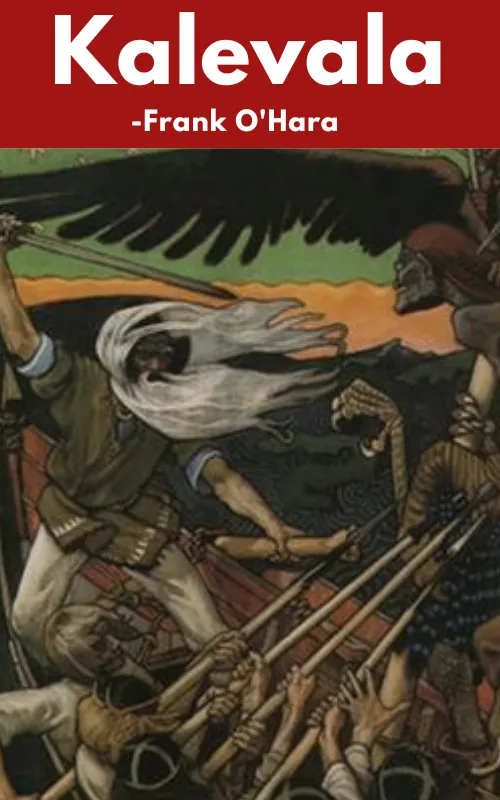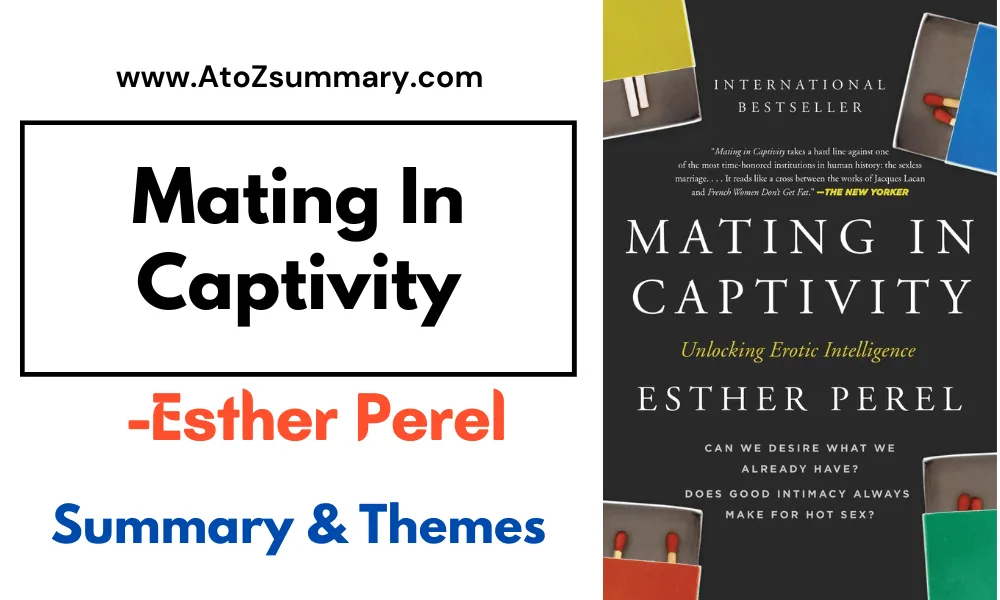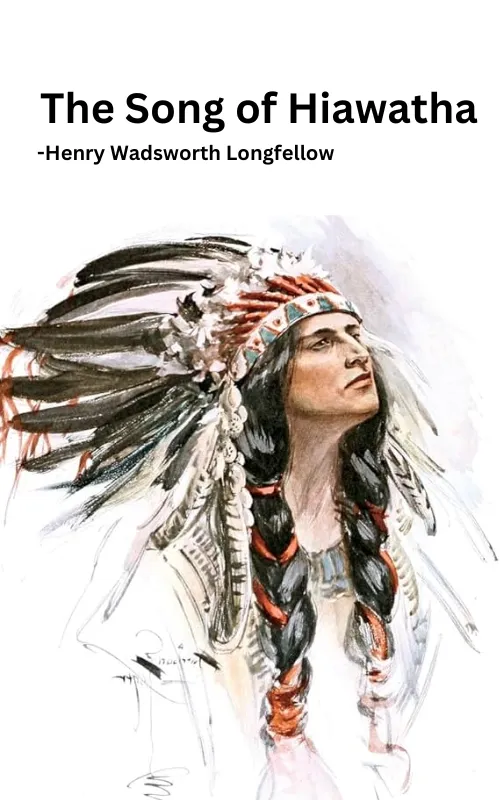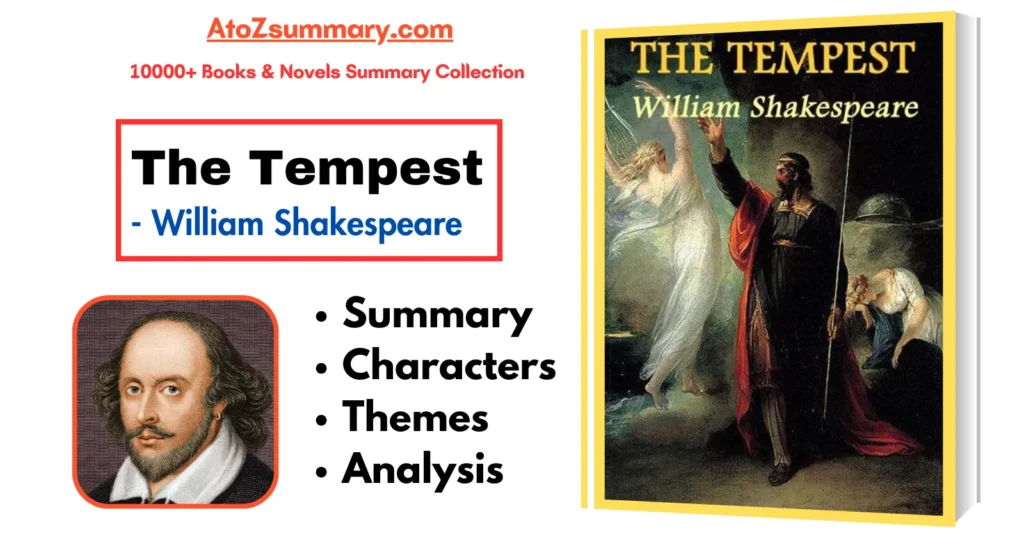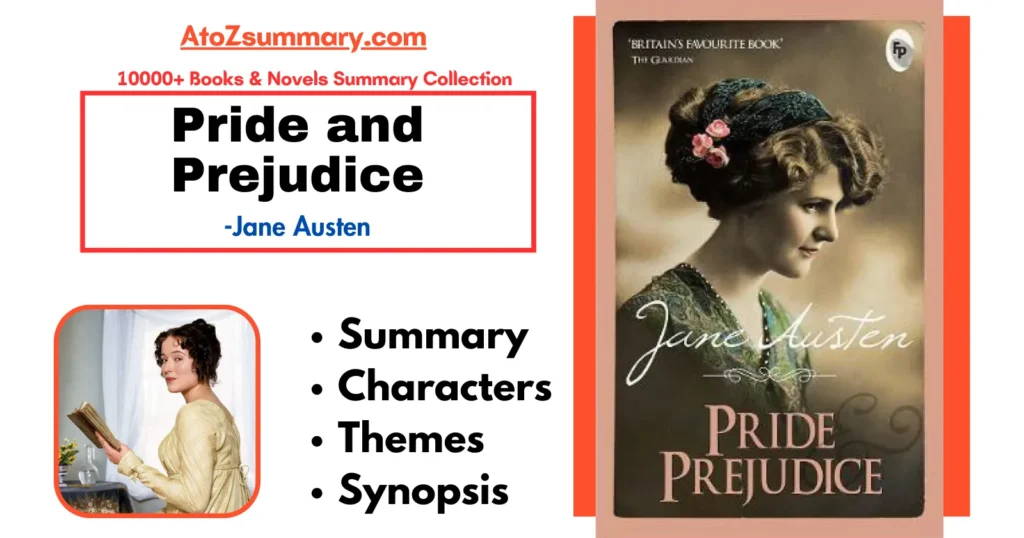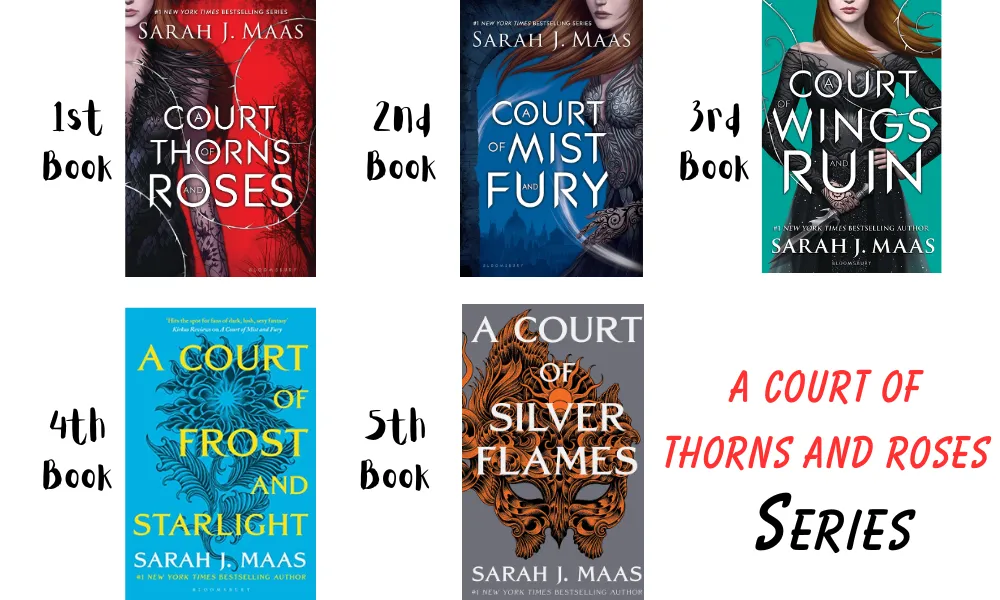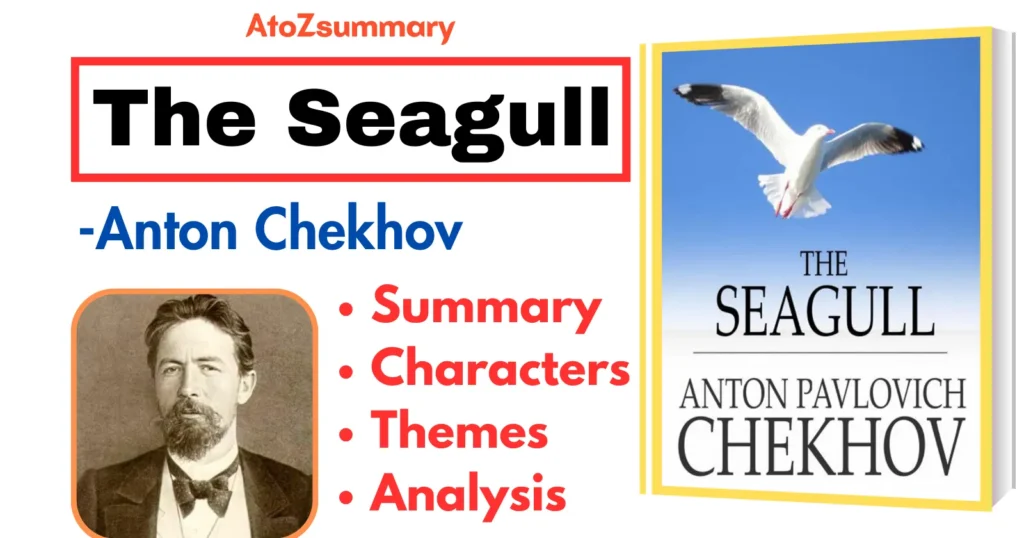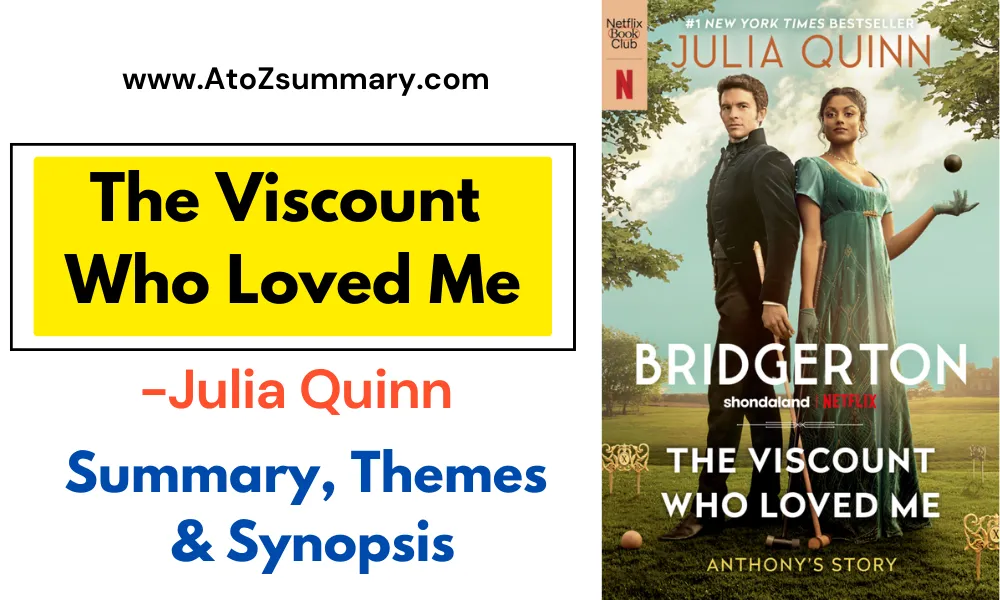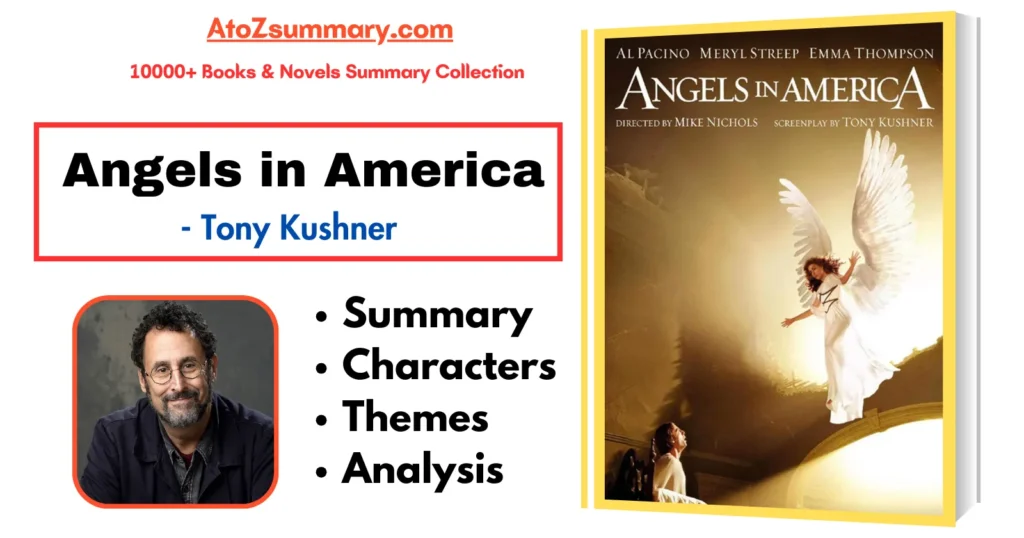About the Poem “Kalevala“
| Title | Kalevala |
| Author | Elias Lönnrot |
| Date of Creation | First edition in 1835; expanded in several editions |
| Language | Originally written in Finnish |
| Genre | Epic poetry, mythology, folklore |
| Structure | Consists of 50 cantos divided into two volumes |
| Inspiration | Based on the oral folklore and mythology of the Finnish and Karelian people |
| Significance | Considered the national epic of Finland; played a crucial role in shaping Finnish national identity |
| Literary Style | Utilizes trochaic tetrameter, a specific metrical pattern, and features alliteration and parallelism |
| Legacy | Influential in Finnish literature and folklore studies; contributed to the preservation of Finnish oral tradition |
| Characters | Väinämöinen, Ilmarinen, Lemminkäinen, Louhi, and Aino |
Themes of Kalevala
The themes of “Kalevala” by Elias Lönnrot are:
- Finnish Identity ➤ Celebrates the unique culture, myths, and heroes of the Finnish people.
- Nature and Magic ➤ Nature and magic are intertwined, with spells and songs having a profound impact.
- Epic Quests ➤ The heroes embark on epic quests, facing challenges to achieve their goals.
- Creativity and Art ➤ Artistic skills like forging and singing are highly valued.
- Struggles and Triumphs ➤ The characters face trials, but they often triumph through determination.
- Unity and Community ➤ The poem emphasizes the importance of working together to achieve common goals.
- Mythical Creatures ➤ It features encounters with mythical beings and creatures from Finnish folklore.
Characters of Kalevala
The main characters from the poem “Kalevala” by Elias Lönnrot are:
- Väinämöinen ➤ He’s a wise old hero with magical powers, known for his songs and the kantele (a musical instrument).
- Ilmarinen ➤ A skilled blacksmith and craftsman who helps create the Sampo, a magical artifact.
- Lemminkäinen ➤ A brave and adventurous character who often gets into trouble but is skilled in magic and fighting.
- Louhi ➤ A powerful witch and the ruler of Pohjola, a northern land, who is often involved in conflicts with the heroes.
- Aino ➤ A young maiden who drowns herself after a tragic encounter with Väinämöinen.
- Kullervo ➤ A tragic character who seeks revenge for the mistreatment he’s endured in his life.
- Pohjola Maidens ➤ These are the beautiful maidens of Pohjola who often appear in the epic.
- Hiisi ➤ Evil spirits and creatures who oppose the heroes.
- Joukahainen ➤ A young man who challenges Väinämöinen to a singing contest.
- Sampo ➤ A magical object that brings prosperity and is the source of many conflicts in the story.
Kalevala Summary & Analysis
Kalevala is a long, special poem written by Elias Lönnrot. It’s about the Finnish people, their stories, and their heroes. The poem is filled with tales about nature and magic, where special songs and spells do amazing things. The poem is divided into 50 cantos.
Cantos 1-10 ➔ The poem begins with the creation of the world and the birth of Väinämöinen. Väinämöinen is a wise and powerful shaman who is destined to play a major role in the history of the Finnish people.
Cantos 11-20 ➔ Väinämöinen and his fellow heroes Ilmarinen and Lemminkäinen embark on a number of adventures. They defeat monsters, forge magical artifacts, and woo beautiful maidens.
Cantos 21-30 ➔ The poem introduces the character of Louhi, the powerful witch who rules over the land of Pohjola. Louhi is a complex character who is both feared and respected by the Finns. She is a source of both good and evil, and she plays a pivotal role in the conflict between the Finns and the people of Pohjola.
Cantos 31-40 ➔ The poem tells the story of the forging of the Sampo, a magical artifact that brings prosperity and good fortune to the people who possess it. Louhi steals the Sampo from the Finns, and a war breaks out between the two peoples.
Cantos 41-50 ➔ The war between the Finns and the people of Pohjola ends with the destruction of the Sampo. Väinämöinen and his fellow heroes return to Kalevala victorious, but the poem ends with a sense of loss and melancholy. Väinämöinen realizes that his time on earth is coming to an end, and he prepares to depart.
FAQs from Kalevala
What is Kalevala poem about?
The Kalevala is a poem about the adventures of the Finnish hero Väinämöinen and his friends, and their fight against evil.
What is the significance of the Kalevala?
The Kalevala is the national epic of Finland and a celebration of Finnish culture and values.
What is the myth of the Kalevala?
The myth of the Kalevala tells stories of heroes, magic, and battles in the land of Finland.
How many verses are there in Kalevala?
There are 22,795 verses in Kalevala.

